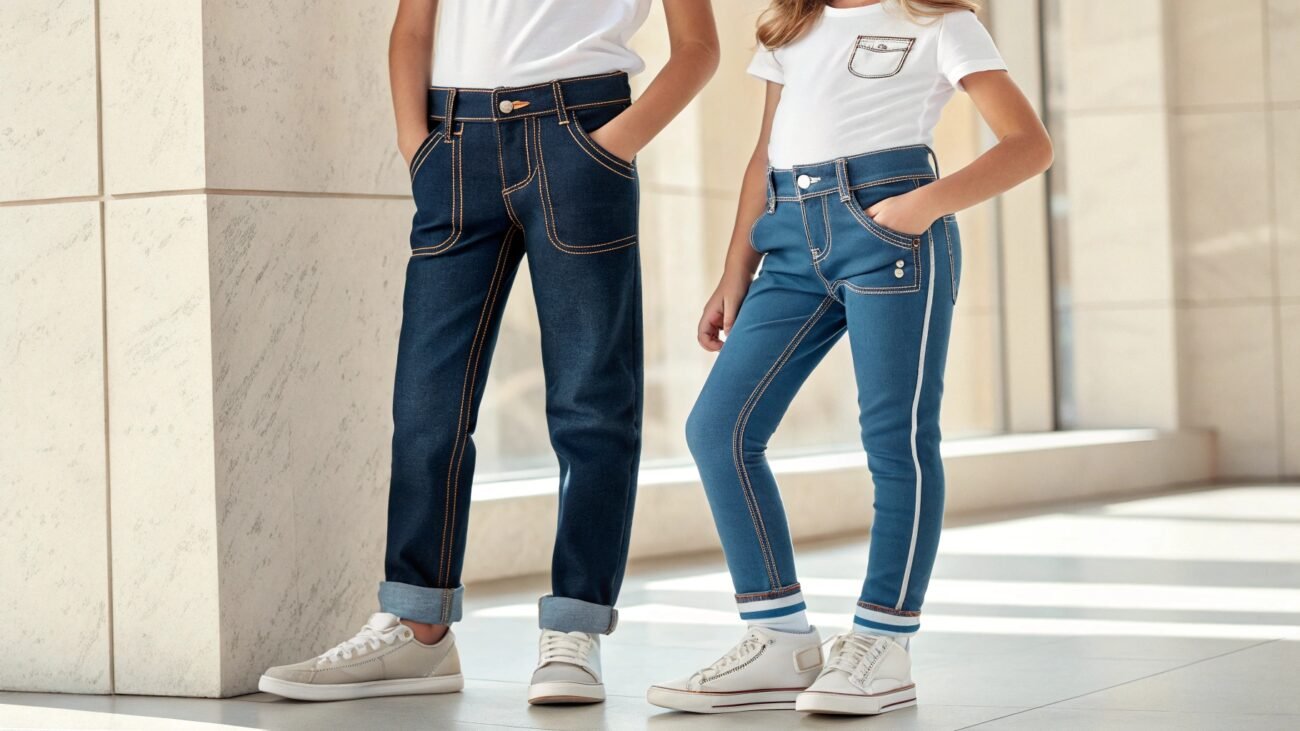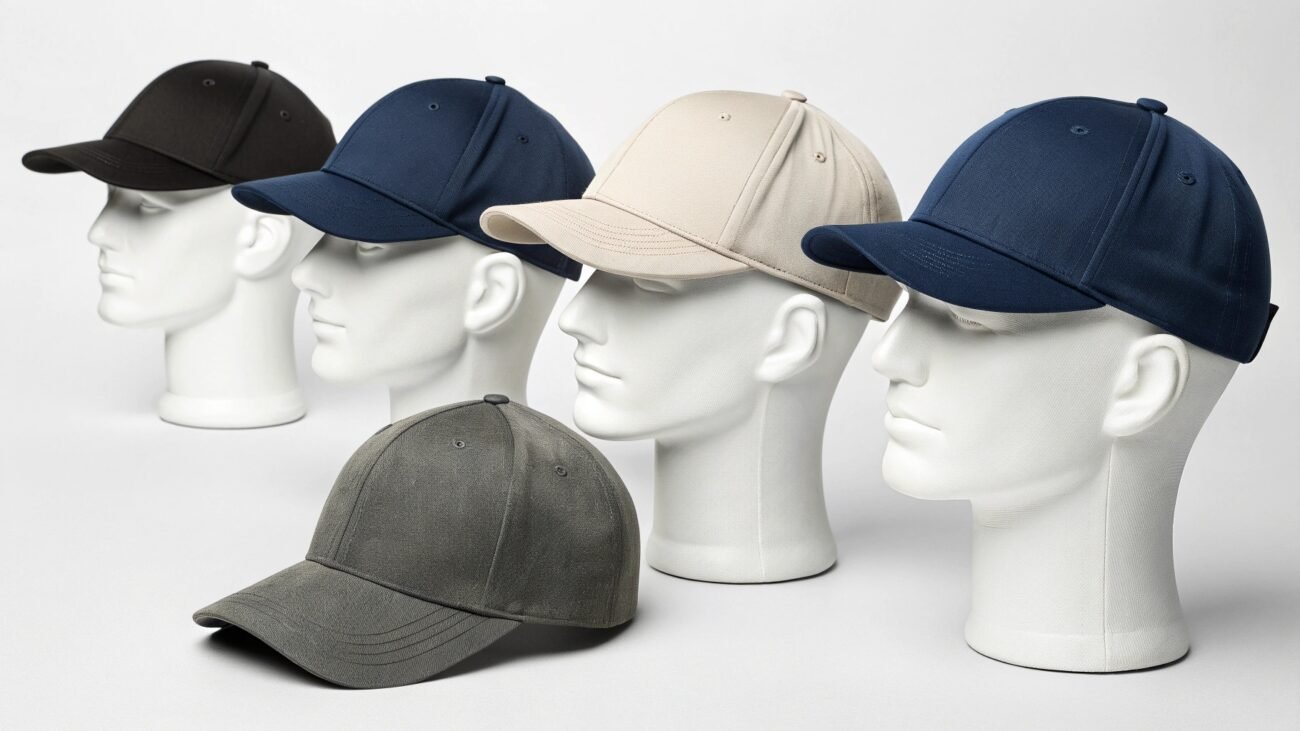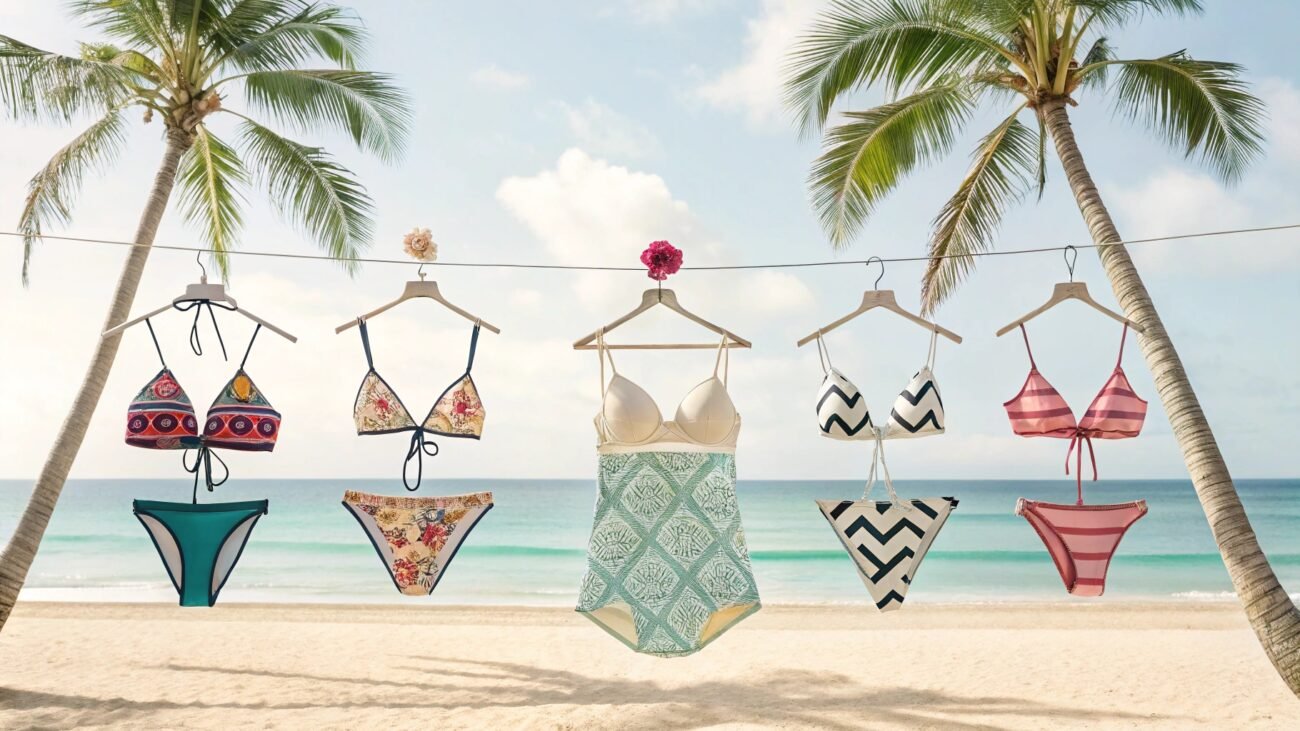Thinking about starting a pants business or just generally curious how pants are created and what their different parts are? Then you are at the right place.
Table of Contents
TogglePants or trousers, as those Brits like to call them, are a lovely bunch of garments worn and celebrated by just about anyone in the world and depending upon the structural differences of parts of pants, multiple pants/trousers have emerged in the market.
Join me on this blog, and I promise to make you a garment expert on the parts of pants with names in just 5 minutes.
Why Should You Know About Parts of Pants?

Why should you even know about different parts of a pants? Wouldn’t knowing different sorts and styles of pants sound better? These might be some questions arising in your head, and frankly speaking, you are right, but only partly! Knowing parts of the pants can empower you with enough knowledge to make market-shaking custom pants.
Just think about it, almost everyone is doing business with either custom printed or embroidered pants, but just how many businesses are there that tweak around the fundamentals of garments? You may have heard of Gucci and Balenciaga; they are doing exactly this and making millions. This is why it is utmost important for business owners to know what goes into pants and why…
Different Types of Parts of the Pants

There are many parts of pants, but there are some main types which are always used in every pant/trouser style, one way or another.
Here are the names of parts of pants:
1- Waistband:
No pair of pants is ever completed without a waistband. It is the upper part of pants that encircles or wraps around the waist. It is incorporated so pants remain snug and fitted throughout the day, and depending on the style, waistbands can vary in width and appearance. The denim jeans collection often has wider waistbands for bulky leather belts.
2- Belt Loops:
These are essential for every pair of pants, but often not seen in sleeping and lounging trousers. Belt loops are little pieces of fabric sewn onto the waistband at regular intervals. These loops are designed to enhance the functionality of waistbands but allow secure holding for belts.
3- Fly:
I’m sure you have noticed that whether it’s your formal trousers or jeans, the front opening is never left just as it is; there is a layer of fabric covering them. This assortment is called “Fly” in pants. It is one of the parts of a pant that contributes heavily to a streamlined and polished look.
4- Pockets:
Pockets are perhaps the most important aspect of any pants. They are functional and fashionable. Additionally, pockets are so influential that if not placed right or even differently styled, they can change the entire outlook of pants. Just imagine a tailored chinos with cargo pockets, chances are you will think of them as cargo pants instead.
If you want to learn more about different types of pockets and how they are used, then I highly suggest you check out this blog: Essentials Explained: Types of Trousers Pockets.
5- Inseam:
The inseam, by its name, suggests it is a seam on the inner side of pants and runs along from the crotch area to the hem. The length of the inseam determines how long pants will be, and this stitched part is critical for the right fitting.
6- Outseam:
Similar to inseam, the outseam runs along the outside of the leg from the waistband to the hem. This seam helps define the overall silhouette of the pants. You may be thinking these are just stitching patterns, not parts, but their formation is significant, and if deterred even slightly, can bring down the entire design. For convenience’s sake, you can say both inner and outer seams make up the leg covering part of pants.
- How are inseam and outseam different from each other?
Outseams, also called side seams, are for shaping the leg and may also include decorative topstitching, whereas inseams are built for durability and comfort using stronger flat-felled stitches.
7- Crotch:
The crotch part is where both legs of the pants intersect. It is also very important for comfort and mobility. Crotch parts are like pockets; they are so essential that they can easily change the entire appearance and use case of pants. Just think about tapered jeans, but one with a higher crotch area and the other with a lower crotch area.
Both pants are different, one with a higher crotch is great for hiding tummy fat, while the other with a lower crotch is a distinct fashion choice.
8- Rise:
Many people often confuse the rise with the crotch area, but they are completely different. They are linked for sure, but that’s only it. Rise is the distance from the crotch area to the waistband. This formative part of the pants decides where the pants will sit on the wearer’s body.
9- Yoke:
Yoke is not universally available on every type of pants, but is often seen on the back of denim. It is a panel of fabric that helps pants fit the curves and contributes to overall fitting and style.
Related-Read: 10 Different Types of Jeans Everyone Should Know About!
10- Hem:
The hem is the bottom part of the legs. It is one of those edges on the ends of the pants legs. Hem can be of several types, some are folded while others are sewn onto itself, and some are left raw and unfinished for more rugged and lived-in aesthetics.
11- Leg Opening:
Leg opening refers to the width of pants at the bottom. This part can vary depending on the style. There are skinny jeans which are fitted even till ankles, while there are also flared out leggings for comfy yoga and plates. Different leg openings also need a different set of shoes for proper chic.
How to Measure the Sizes of Parts of Pants

Understanding parts of a pants is great and all, but how can you utilize this knowledge if you don’t even know how to take proper measures from each section/part of the pants? But worry not, here’s a quick guideline for it as well.
- For the waistband, wrap the measuring tape around the narrowest part of the waist and record measurements.
- For pockets, measure the width and depth of each pocket to ensure both functionality and design.
- For Inseam, run the measuring tape from the crotch along the inner leg seams till the very bottom of the pants, also ensure your legs are straight to get accurate measurements.
- For the outseam, the idea is the same as measuring inseam, but this time, place the measuring tape from the top of the waistband down the side seam till the bottom of the leg.
- For rise, measure the front and back rise from the crotch seam to the top of the front and back waistband, respectively.
- For legs opening, lay pants down and straighten them out, after measuring them straight across the bottoms of the legs. You can multiply the obtained reading by 2x to get the total circumference of the leg opening.
Create Custom Pants!
PLCM are affordable yet couture pants/trousers manufacturers in the USA. We have helped over 300 brands make a name in industry with our low MOQs policies and faster lead times than market. We believe we are perfect for your every custom clothing needs.
Ending Note: How Knowing Parts of a Pants Can Help You?
Assuming you have covered all parts of the pants, now you may exactly know how and why each part can dramatically change the entire outlook of the pants. Although it may not be important for individuals just looking to buy and enjoy, for entrepreneurs who want to make something unique and custom, understanding these parts is absolutely crucial.
Just imagine how easy it would be to explain your ideas to clothing manufacturers if you understood garments yourself.
Quick FAQs
Are belt loops really necessary?
No! Some pants, such as those with elastic waistbands and tailored trousers with side adjusters, don’t need them, but for many dress pants and denim jeans, belt loops are essential pieces that guarantee secure fitting throughout the day.
What are the sleeves of pants called?
Unlike tees, pants don’t have sleeves but instead have pant legs or trouser legs. Similarly, how sleeves cover your arms, pant legs cover your legs.
What are some key parts of formal pants design?
Main parts of formal pants include waistband with tailored closure, pleats, zipper or button fly and straight leg style. Additionally, formal pants/trousers come with side welt pockets for that sleek and professional look.
How to find the right manufacturers for my custom pants idea?
Finding the right manufacturers can be tricky, but with the right questions and approach, you can easily find manufacturers for yourself. Look out for manufacturers with relevant experience and a name in the industry. Sure, they may be a little expensive, but it’s better to spend more than to cry over failed experiments with cheap makers.







